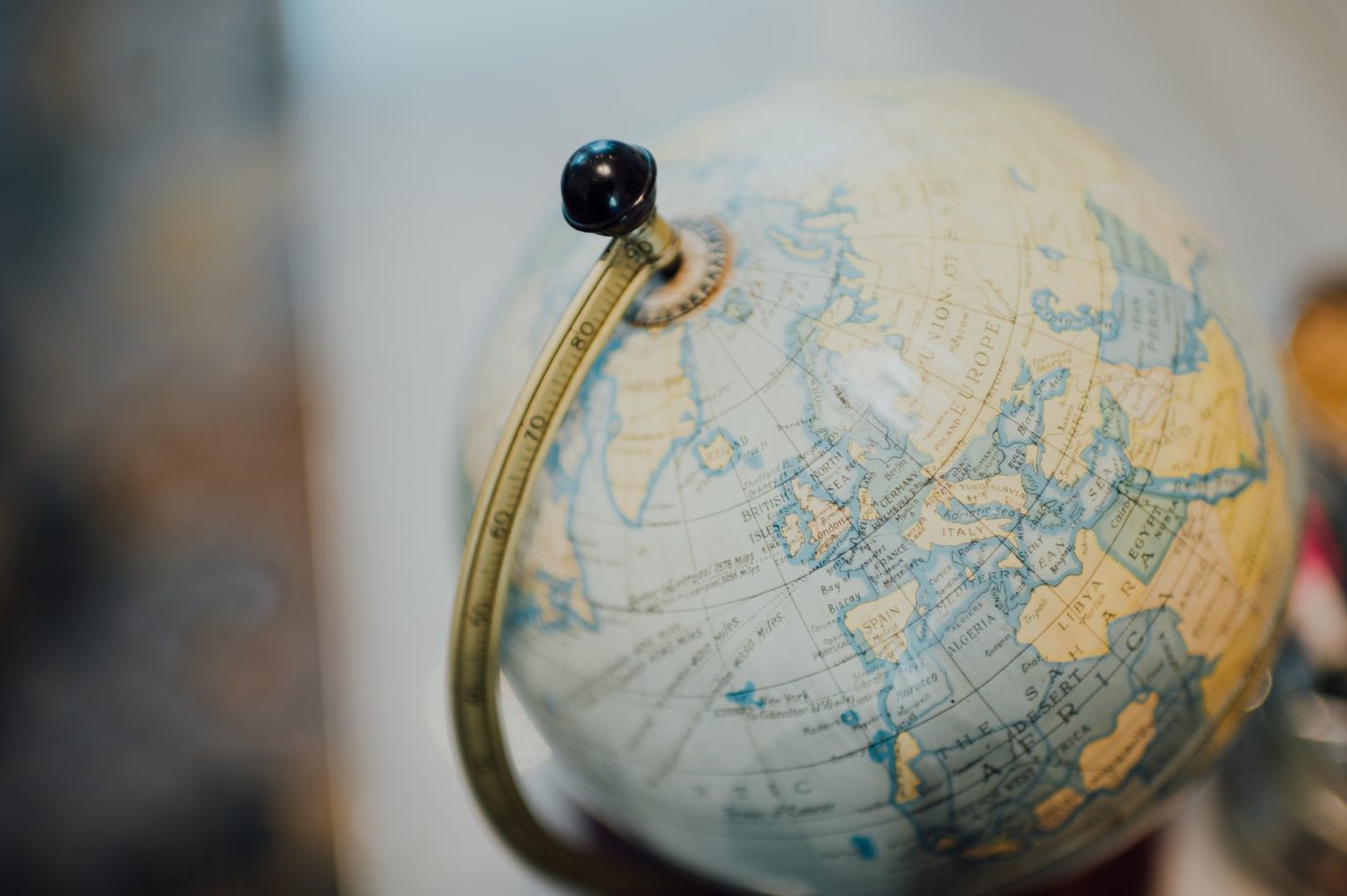The intricate web of diplomatic relationships portrayed in popular media often mirrors the complexities of real-world international alliances and conflicts. One such portrayal can be found in the character relationships within the acclaimed TV series “The Diplomat.” Through the interactions and dynamics between characters, the show offers viewers a glimpse into the nuanced world of diplomacy, showcasing how personal connections can shape political decisions and outcomes. In this article, we will explore how the character relationships in “The Diplomat” reflect real-life diplomatic alliances and conflicts, highlighting the parallels between fiction and reality.
1. Building Alliances Through Trust and Communication
In “The Diplomat,” the protagonist, Ambassador Grace Chen, navigates the world of international diplomacy with a keen focus on building alliances through trust and effective communication. Her relationships with foreign dignitaries and fellow diplomats are characterized by mutual respect and a shared commitment to finding common ground. This mirrors real-life diplomatic efforts, where trust and open lines of communication are essential in fostering strong alliances between nations.

2. The Role of Personal Connections in Diplomatic Negotiations
Throughout the series, viewers witness how personal connections play a significant role in diplomatic negotiations. Ambassador Chen’s ability to forge meaningful relationships with key figures in foreign governments often proves instrumental in advancing her country’s interests. Similarly, in real-world diplomacy, personal rapport and understanding between leaders can influence the outcome of high-stakes negotiations and shape the course of international relations.

3. Navigating Conflicts and Resolving Differences
Diplomatic relationships are not without their challenges, and “The Diplomat” does not shy away from portraying conflicts and tensions between characters. Whether dealing with longstanding rivalries or navigating delicate diplomatic crises, the show illustrates the complexities of resolving differences through dialogue and negotiation. These portrayals reflect the real-life struggles faced by diplomats in mediating conflicts and finding peaceful resolutions to complex geopolitical issues.

4. The Impact of Betrayal and Deception on Diplomatic Relations
In the world of diplomacy, trust is a fragile commodity, and betrayal can have far-reaching consequences. “The Diplomat” delves into the repercussions of betrayal and deception within diplomatic circles, highlighting how personal agendas and hidden motives can jeopardize international relationships. By showcasing the impact of deceit on diplomatic relations, the series underscores the importance of transparency and integrity in maintaining trust between nations.

Conclusion
In conclusion, the character relationships in “The Diplomat” offer a compelling portrayal of the intricate dynamics at play in the world of international diplomacy. Through its exploration of trust, communication, conflict resolution, and the consequences of betrayal, the show draws striking parallels to real-life diplomatic alliances and conflicts. By delving into the personal connections that shape political decisions and outcomes, “The Diplomat” provides viewers with a nuanced understanding of the complexities inherent in navigating the global stage of diplomacy. As we continue to witness the interplay of personalities and politics on the world stage, the lessons gleaned from fictional portrayals like “The Diplomat” serve as a reminder of the enduring relevance of character relationships in shaping the course of international relations.




